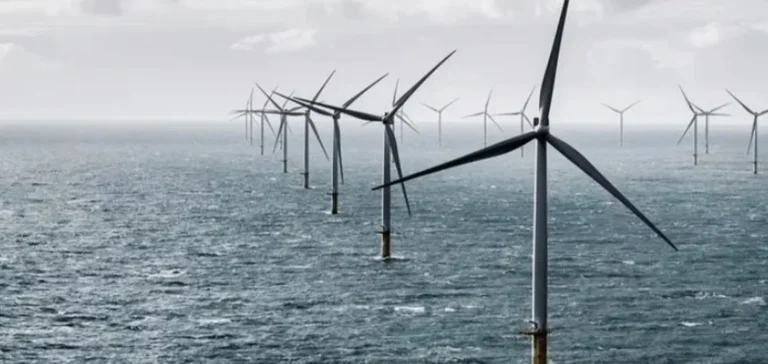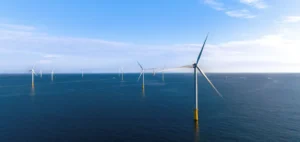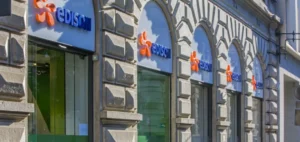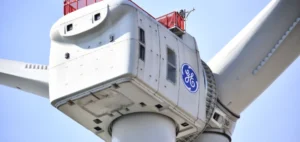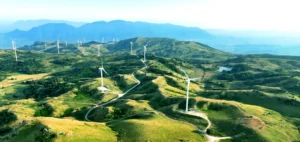Japanese industrial conglomerate Mitsubishi Corporation has confirmed its withdrawal from three offshore wind projects awarded through a public tender launched in 2021. Selected by the Japanese government to lead the development of these projects off the country’s coast, the group cited a loss of economic viability driven by rising costs and evolving regulatory conditions.
A deteriorating commercial environment
During a press conference held on August 27, Mitsubishi Chief Executive Officer Katsuya Nakanishi stated that market conditions had been significantly altered by the Covid-19 pandemic and the war in Ukraine. These events caused major logistical disruptions and inflation in the cost of materials and services. “The cost of the initiative increased far more than expected,” said Nakanishi, justifying the group’s withdrawal by the lack of a sustainable financial model.
Mitsubishi led a consortium tasked with developing three offshore wind sites, a key element of Japan’s national energy strategy. The company clarified that its decision does not necessarily imply the cancellation of the projects, although their future now depends on potential reassignment under different economic conditions.
Tendering rules under pressure
Japan has placed offshore wind at the heart of its energy transition strategy, with a target of 4 to 8% of its electricity production from this source by 2040. The energy plan, updated earlier this year, is based on stringent public tenders requiring developers to meet strict price, deadline, and supply chain conditions.
Rapid changes in cost structures and logistical constraints have called into question developers’ ability to meet original requirements. Several industry stakeholders believe that the rigidity of the regulatory framework prevents effective adaptation to evolving industrial realities. Japan’s Ministry of Economy, Trade and Industry has reaffirmed its support for the sector, while suggesting that adjustments may be considered.
Misalignment between political ambition and operational framework
In 2023, around 70% of Japan’s electricity was still generated by thermal power plants fuelled by coal and hydrocarbons. The country aims to reduce this share to between 30 and 40% by 2040, requiring a substantial acceleration in the rollout of renewable energy.
“Japan was already on track to miss its renewable energy targets for 2030, and this development pushes the country even further from its goal,” said Umer Sadiq, analyst at BloombergNEF. Mitsubishi’s decision raises questions about the alignment between stated ambitions and the operational conditions imposed on market players.


